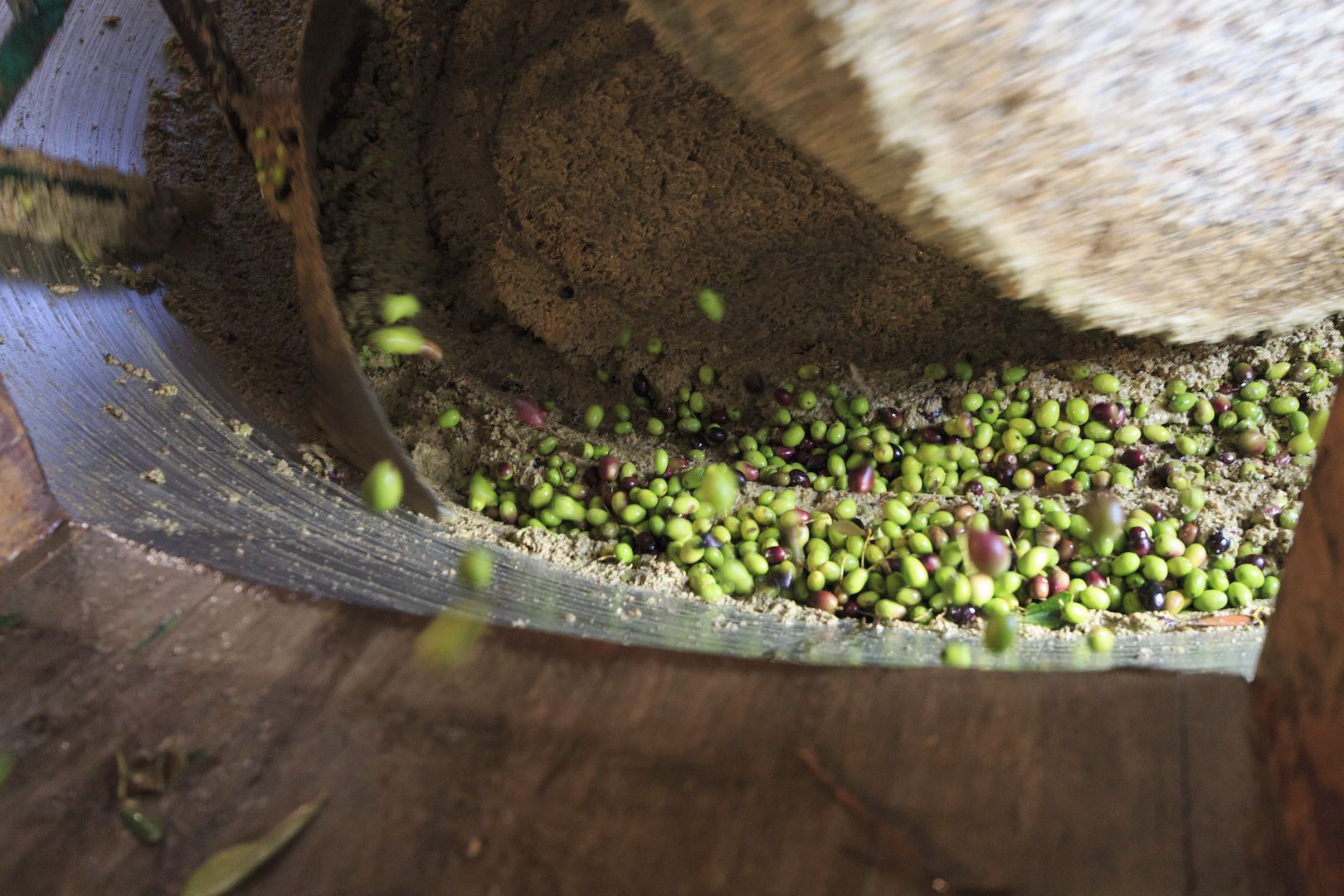Polyphenols, The Secret Power Of Olives
Everyone always talks about vitamins, minerals and trace elements when it comes to health and healthy nutrition. But polyphenols, i.e. secondary plant compounds, have much more power. What hardly anyone knows is that they are particularly abundant in olive press water, whose health aspect was only researched a few years ago.
Secondary plant compounds, as the name suggests, are found exclusively in plants. Polyphenols are the most important group. They are mainly found in the marginal layers of fruits, vegetables and grains, where they provide the color and flavor of the food. But that is by no means all. These bioactive substances mainly serve as a defense against pests and insects and offer the plant protection against UV light. Whole grains, vegetables and many fruits, including olives or berries, are particularly abundant in polyphenols.
“Under the term polyphenols, scientists summarize a variety of substances,” explains Sabine Häberlein, graduate nutritionist (Dipl. oec. troph.) and herbal expert (essen-einfach-anders.de) in Munich. “Common to them is a chemical structure: the phenol ring. To these secondary plant materials count for example also the Flavanoid Quercetin (particularly much contained in yellow onions and in kale). the flavanoids anthocyanins (red fruits and vegetables), phenolic acids (kale, whole wheat), hydroxycinnamic acid caffeic acid (coffee, potato, lemon balm), curcumin (turmeric), capsaicin (chili), coumarins (woodruff, cassia cinnamon) and phytoestrogens (soybeans, cereals, red clover).”
Acqua mora as the Italians call it
However, it is not the olive itself that contains the largest proportion of the power substance, but the vegetation water that is produced during pressing or oil production. In the past, it was disposed of as a waste product. Gianni from the Lo Franco family, who founded the Fattoria La Vialla near Arezzo and thus introduced biodynamic farming to Italy, says: “Our most important discovery was that the otherwise unnoticed vegetation water of the olives is not a waste product of oil production, but a valuable, very healthy by-product. Our great-grandmother Caterina always knew that. She liked to tell how good the olive water did her, the dark and bitter ‘acqua mora’ as it is called in Italy.”
Bitter elixir of health
Every year from mid-October to early December, the oil mill at the Fattoria never stands still. Day and night the freshly harvested olives are pressed within 6-12 hours. For some years now, the vegetation water from the olives and their pit is collected during pressing. A centrifuge separates it from the oil.… weiterlesen

CultureAndCream Author from Munich
To travel during my profession as a beauty journalist was never enough for my. Also my six month on a world trip didn’t do it. It always attracts me to other cities, foreign countries, on roadtrips and places I don’t know yet. But I am not only interested in “culture” and “cream”, I am also fascinated by people who have stories to tell . Such unique experiences I want to share with you.
